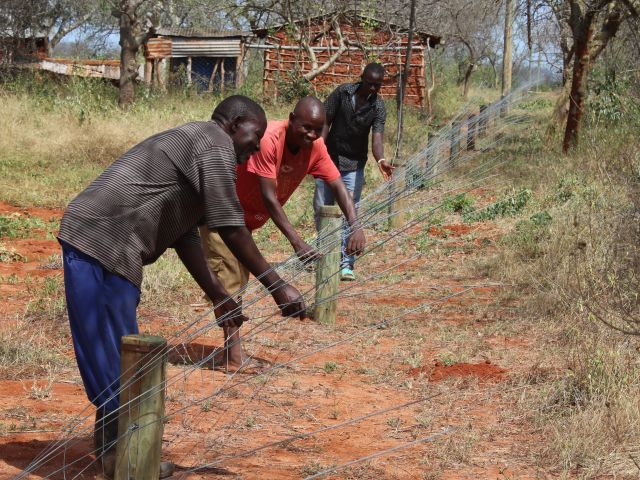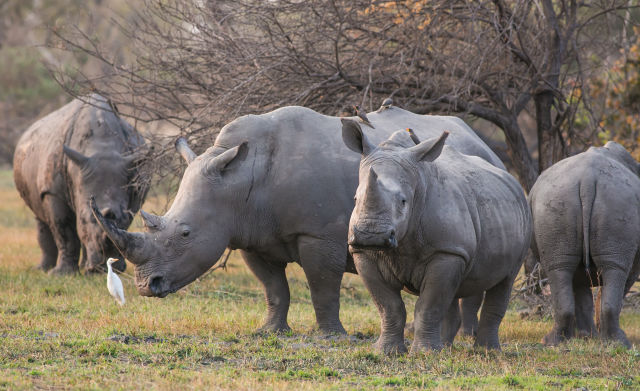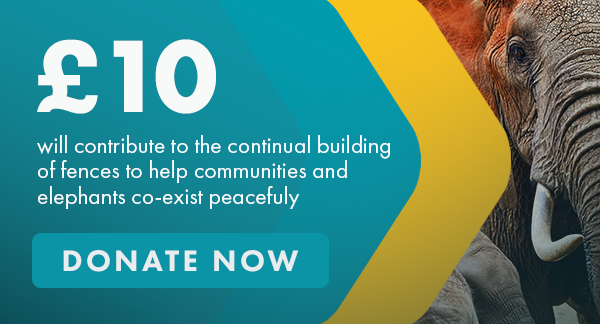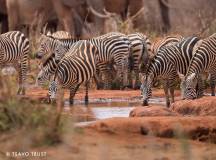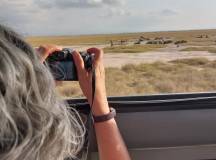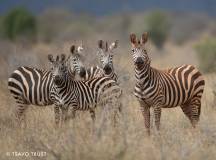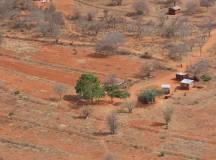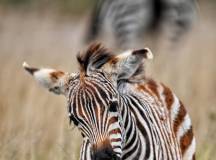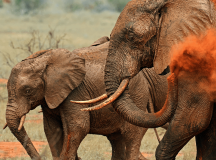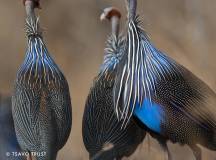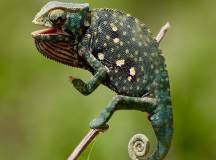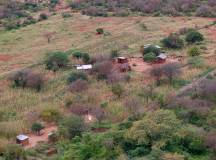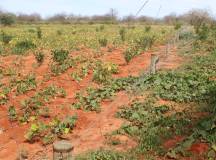- Home
- The Exodus Adventure Travels Foundation
- Free to Roam Project, Kenya
Free to Roam Project
Engaging and supporting communities
Many conservation efforts strictly focus on improving animal welfare as opposed to improving livelihoods in the community, but the Free to Roam Project makes sure wildlife and communities benefit equally by promoting peaceful co-existence.
Tsavo Trust are working closely with the landowners in the Kamungi and Shirango Conservancies to ensure they get the best results from the 10% of land they’ll protect for agriculture. Construction of the fences has provided economic opportunities for marginalised communities through paid employment and job opportunities will be generated for local women and girls who, since the pandemic, have experienced loss in paid jobs, closure of education facilities and increased pressure to provide for their families.
In terms of agricultural benefits, the project has delivered permaculture training for community members, to provide a better understanding of soil, water, and best practice farming. This included collecting soil samples to understand the nutritional value of the crops. The workshops have helped the community with management of natural waste for composting, diversification of crops and improved water preservation. The Free to Roam project will not only benefit the community in the short term, but, in the longer term, increased food security will improve livelihoods and boost household income to allow families to become self-sufficient. A recent socio-economic survey on the 10% fence plan reported an increase of over 70% in crop yields prior to the reconstruction of the fences, with each household harvesting an average of 205 kilograms of cowpeas, 135 kilograms of maize and 285 kilograms of green grams, that will sustain each household for 3-6 months. Furthermore, the fences have been 100% effective in protecting crops from elephants, carnivores and other medium to large game, including impalas and buffalos.
Read our blog which shares recent project updates from Tsavo Trust.
Living in the Land of the Tuskers

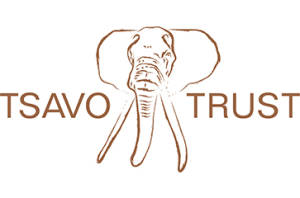
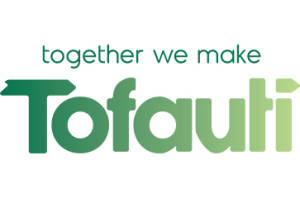
The Adventure Begins Here
Get regular inspiration straight to your inbox from Exodus’ experts.

